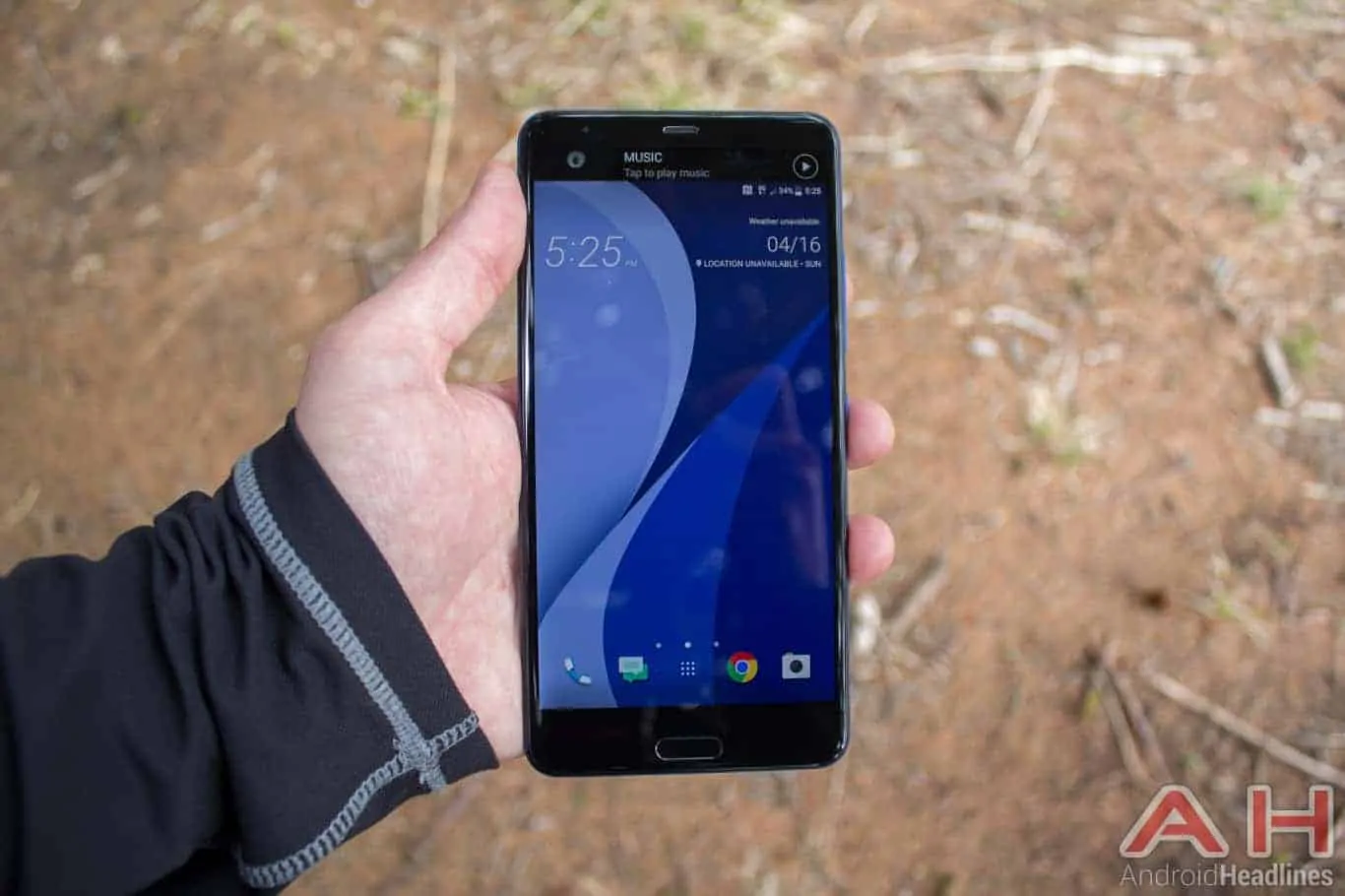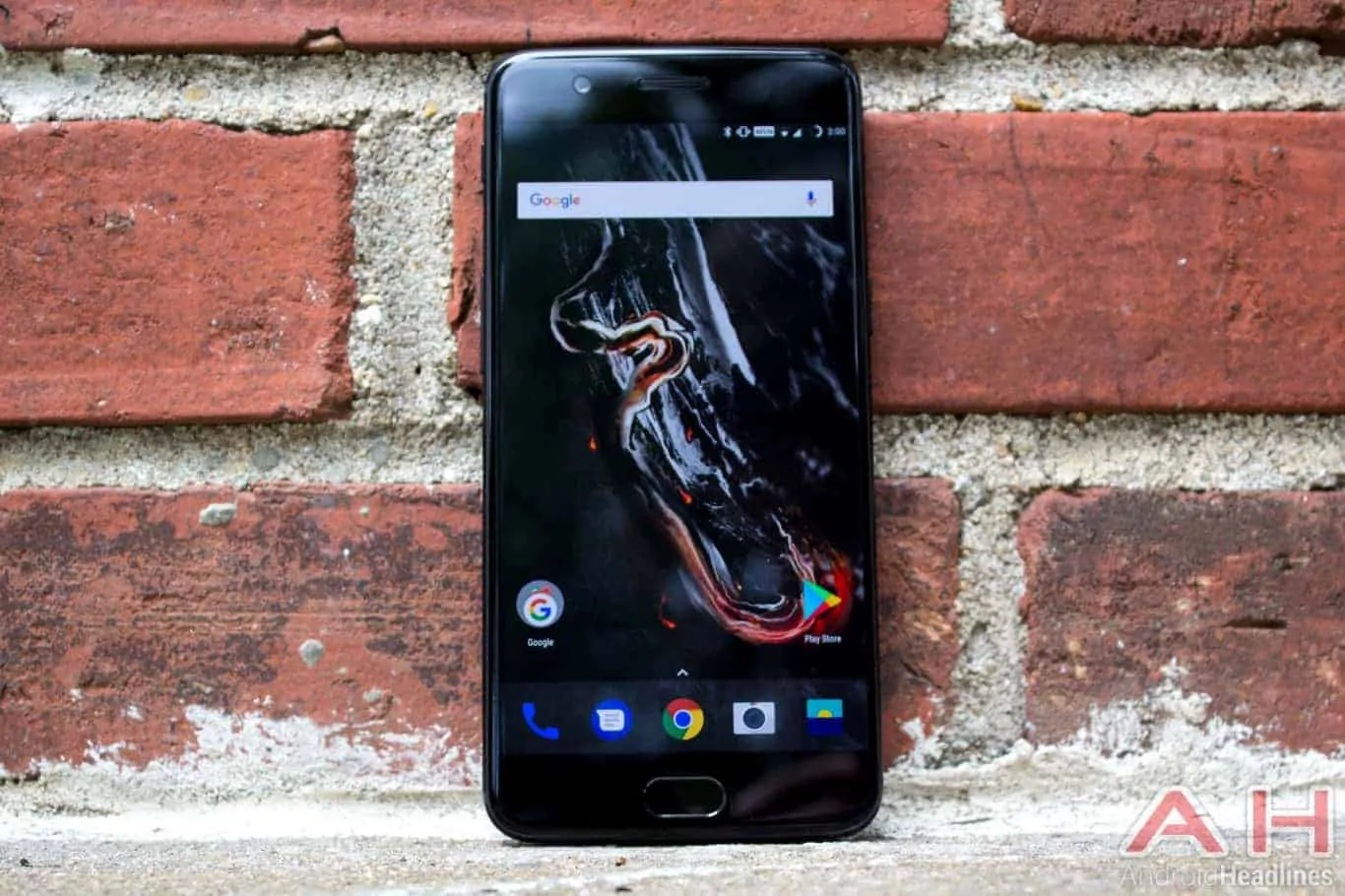2017 was quite an eventful year in the tech world, no matter what way you look at it. We’ve seen a ton of quality tech gadgets being introduced by tech companies, ranging from smartphones, smartwatches, to IoT, VR and other types of gadgets. Having said that, we’ve also seen some serious tech fails this year, and that’s what we’re here to talk to you about. Some of the products that were introduced this year were not exactly as good as we’ve expected them to be, and some companies, in general, made some serious missteps this year. If you’re interested in reading more about that, you’ll be able to see our picks for top 5 fails of 2017 down below, including one honorable mention.
1. LeEco

LeEco is, unsurprisingly, our first pick on this list. This China-based company has been having financial issues for quite some time now, due to the fact it tried to do too much in a short period of time. LeEco’s problems can be blamed mainly on overexpansion, the company wanted to take the US market by storm, and in addition to its other side-businesses and markets to tend to, that didn’t go over too well. The company basically stopped doing business in the US in 2017, and a report actually surfaced quite recently that LeEco is selling its Beijing HQ as well. So, not only did the company’s missteps resulted in a closure of its US business, but it also affected the core of LeEco as well, its business in China which is in danger at the moment. The company did not announce any new products for quite some time now, and its former CEO, Jia Yueting is in serious trouble in his home country, as both LeEco and himself are in serious debt, so it remains to be seen what will happen from this point on.
2. Essential PH-1

The Essential PH-1 is our second pick here for Tech Fails, for many reasons. The Essential PH-1 is a truly nice-looking smartphone, the design is maybe its strongest upside, as the phone is made out of titanium and ceramic, while it sports really thin bezels, and it’s quite compact despite the fact it sports a 5.7-inch display. Truth be said, the phone does have a notch in the upper portion of its display, but it’s really small as it only houses a front-facing camera, and chances are you’ll find it considerably less annoying than the notch on the iPhone X. Now, this phone was announced as basically an unfinished product, at least in terms of its software. The Essential PH-1 arrived with half-baked software which was still full of bugs, and its camera kept on crashing, it was actually crashing quite a bit until recently, Essential managed to patch it up to a degree. Speaking of which, that camera managed to produce not-so-great photos at first, it got a bit better with constant updates (which is commendable), but still, the phone should not have arrived to the market in the condition it did. On top of all that, the device was initially priced at $700, which was yet another mistake by the company, as the phone now sells for $499 and it’s a far better deal then it was at first. Just to be clear, the Essential PH-1 made this list based on its initial state, the phone may even be a good deal these days, when you consider its price, build, specs and performance, but at first, it was definitely a huge miss by Essential.
3. NVIDIA Spot

The NVIDIA Spot is yet another gadget that made the list for Tech Fails, and some of you may have already forgotten about it. The NVIDIA Spot was announced back at CES (Consumer Electronics Show) in Las Vegas back in January, and it is still not available. The NVIDIA Spot is essentially a Google Assistant-powered wall plug, and we have no idea why is it still not available. This wall plug was supposed to ship with a speaker and a microphone included on the device itself, and it was supposed to cost $49.99, though as already mentioned, it’s nowhere to be found. The NVIDIA Spot managed to catch the eye of many consumers mainly due to its price tag, at $49.99 it’s actually way more affordable than the Google Home, and at the time, the Google Home Mini wasn’t around, so it’s understandable that people were interested in the NVIDIA Spot. Some of you may think that the NVIDIA Spot got cancelled in the meantime, but that may not be the case, as the gadget is still listed on the company’s official website, and it has the ‘Notify Me’ button next to it, so we’re presuming that it’s coming at some point, hopefully before CES 2018 kicks off next month.
4. HTC U Ultra

The HTC U Ultra is one of those devices that was late to the party and a Tech Fails at the very least, though some people even think that HTC should not have released it at all. The HTC U Ultra was announced back in January, and released in February, as HTC’s phablet. Now, the thing is, this phablet arrived with the Snapdragon 821 SoC, which is Qualcomm’s flagship SoC for 2016, and the Snapdragon 835 was already around, but HTC could not get ahold of it in time, so the HTC U Ultra always felt like a device that was released while we’re waiting for the HTC U11, which eventually came. That’s not all, though the HTC U Ultra comes with a 5.7-inch display, and yet, it’s 162.4mm tall and 79.8mm wide, while it weighs 170 grams. Many people felt that this handset is too tall and too wide for its display size, which is kind of understandable considering how many more compact 5.7-inch devices got released in H1 2018. The phone was that tall because of the secondary display that it sports above its main display, but still… consumers were not all that interested. On top of all that, the HTC U Ultra does not sport a 3.5mm headphone jack, and, granted, many other handsets in 2017 do not, but it feels like there was plenty of space inside of the HTC U Ultra for HTC to include a 3.5mm headphone jack, as the phone’s bezels are not thin by any means.
5. OnePlus 5’s Inverted Display

The OnePlus 5 is one of the company’s flagship smartphones for 2017, next to the OnePlus 5T. The OnePlus 5 did arrive sooner than the 5T, in mid-2017, and it was a solid phone, though there was one weird problem with it, its display was inverted. Now, this ‘issue’ would probably not even be noticed if not for the infamous ‘Jelly Effect’ which occurred while scrolling, though interestingly enough, not all OnePlus 5 units experienced such issues, despite the fact the Jelly Effect and the fact that the display is inverted seem to be correlated. The Jelly Effect problems cannot be completely resolved via software update, but the company did manage to minimize such behavior it seems, even though some consumers actually thought that the Jelly Effect was a feature, not a bug. Having said that, OnePlus did acknowledge that the display is inverted in all the OnePlus 5 units, though the company said that was done on purpose, OnePlus said that including an inverted display in the phone was a ‘deliberate engineering decision’. Whatever the case may be, this managed to result in a ton of negative publicity for the company and a Tech Fail even though it was a great phone otherwise.
Honorable Mention: Moto Z2 Force

The Moto Z2 Force was supposed to be a homerun for Motorola, a very reliable and compelling smartphone. Well, while some consumers still consider that it ticks both of those boxes, others… well, not so much. Quite a bit controversy popped up following the arrival of the Moto Z2 Force, mainly because of its display, Tech Fail. Motorola boasts about the Moto Z2 Force’s ‘Shatterproof’ display, but when the phone got released, reports started coming in that it scratches really easy. Now, it turns out that a screen protector was not only pre-installed onto the Moto Z2 Force’s display, but also built-in, as in you can’t remove it, which was the reason for such scratches. Now, on top of that, the Moto Z2 Force arrived with a 2,730mAh non-removable battery, which managed to annoy quite a few people as the battery life was, needless to say, far from great. The Moto Z Force actually shipped with a 3,500mAh non-removable battery, and offered really solid battery life, so the Moto Z2 Force pales in comparison.

